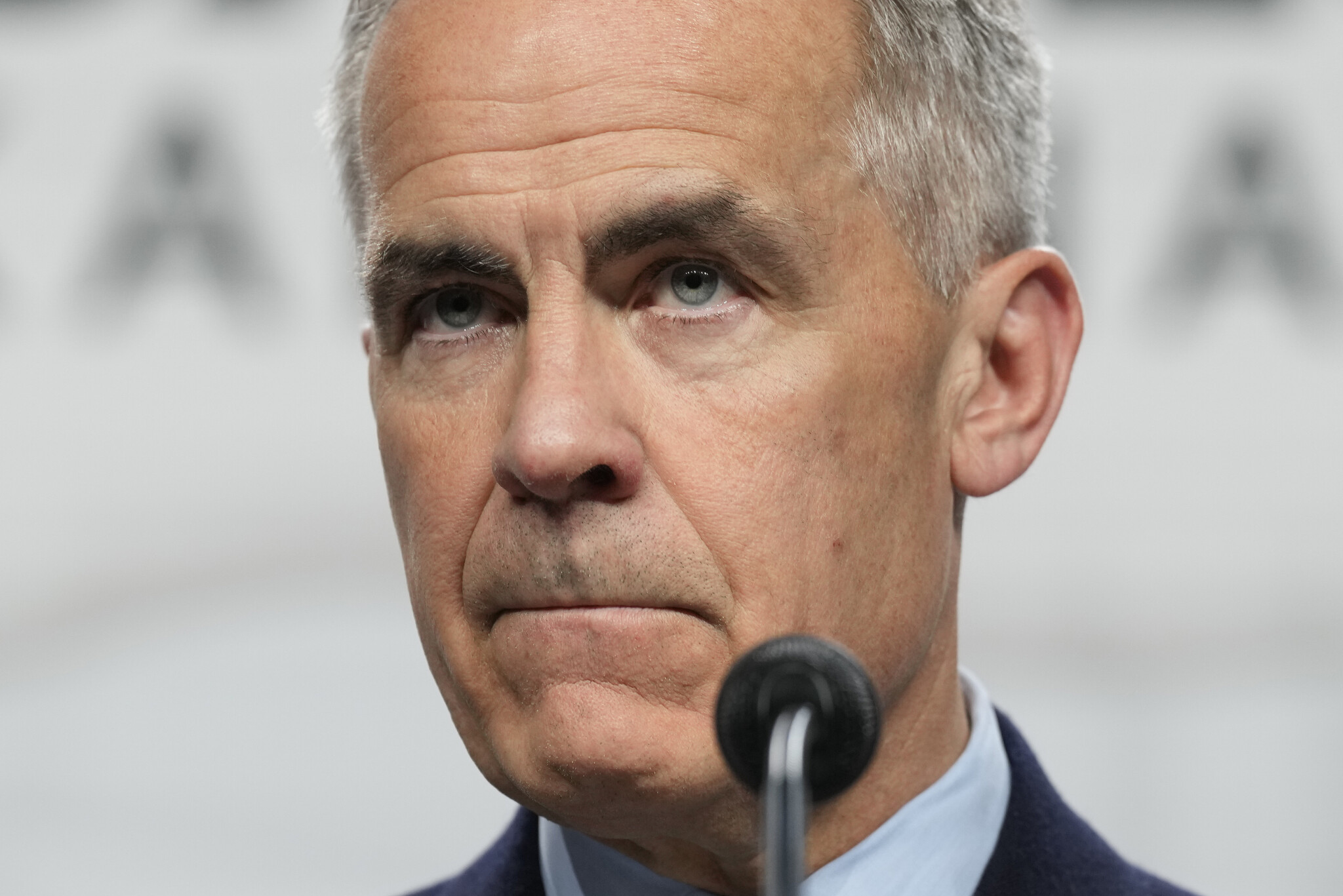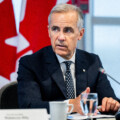In The Weekly Wrap, Sean Speer, our editor-at-large, analyses for Hub subscribers the big stories shaping politics, policy, and the economy in the week that was.
Carney’s conundrum: choosing between what’s best for the economy and what’s best for his political interests
The day before the Trump administration’s 35 percent tariffs on Canada took effect, Statistics Canada confirmed that Canada’s economy contracted again in May—the second consecutive monthly decline. While the modest contraction was expected, it’s a reminder that the economy is fragile and that the policy and political implications are considerable.
Even if we avoid a formal recession this year, it’s a safe bet that the economic projections underlying last fall’s economic statement—the one that cost Chrystia Freeland her job and ultimately precipitated Mark Carney’s political rise—have deteriorated.
Lower growth means lower revenues and, with countercyclical spending pressures, a larger fiscal hole. When the government tables its anticipated fall budget, Canadians should brace for weaker economic projections, higher deficits, and mounting pressure to secure a trade deal with the United States.
As Trump’s tariffs take effect, this economic backdrop creates a strategic dilemma for the Carney government. Accepting a suboptimal deal with Trump could provide the economic certainty that markets and investors are seeking, even if the terms are worse than CUSMA. Prolonging negotiations in search of a better deal, by contrast, risks letting the economy slide closer to recession. Carney must choose between what may be best for the economy and what’s best for his own political interests, and there may ultimately be a gap between the two.
Trump, for his part, has the upper hand. His domestic economy is relatively strong, and his tariff agenda is getting surprising endorsements, including this week from JPMorgan’s Jamie Dimon after the unexpected agreement with the European Union.









